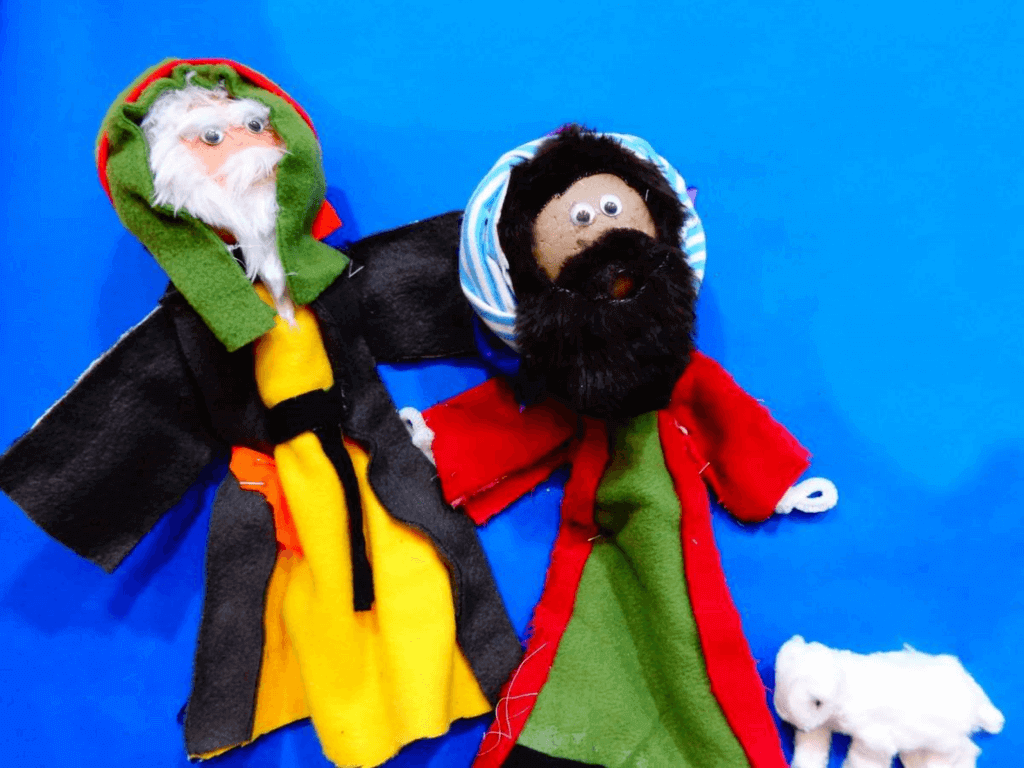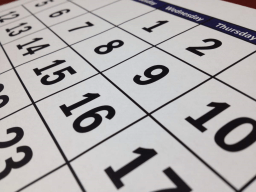World Puppetry Day
World Puppetry Day is observed next on Saturday, March 21st, 2026 (175 days from today).

Perhaps there is no other performing art that can be as interesting as puppetry. Because puppetry has a flexible and diverse combination of many arts - from performance, animation to design... It can be said that puppetry plays a paramount role in the theater tradition. . Since its first appearance thousands of years ago, puppetry has flourished in art and culture around the world - becoming one of the oldest arts, and at the same time, It is one of the most popular dramas of all time. International Puppetry Day was established to honor puppeteers around the world as well as to recognize puppetry as a global art form. Celebrated every year on March 21st.
Puppetry is a type of drama. However, instead of using actors who are real people, puppetry revolves around the main characters are puppets controlled by humans - puppeteers. These people are responsible for controlling the movements, gestures, and even expressions of the puppets using various methods such as pulling strings (string puppets), using sticks (stick puppets), or simply Simply use your hands to control the puppet (hand puppet) or insert your fingers into the hollow of the head or hold a handle that extends the neck of the puppet (finger puppet).
History of National Puppetry Day
The idea for World Puppet Day was came up from Puppet theater artist Javad Zolfaghari from Iran. He proposed a discussion for the date in 2000 during the UNIMA World Congress. In 2002 UNIMA declared March 21 as World Puppet Day. Officially, the first World Puppetry Day was observed on March 21, 2003.
During the Middle Kingdom of Egypt (2030–1650 BC) there is ample evidence of anthropomorphic puppets carved out of wood by the ancient Egyptians. They simulate daily human activities such as making breadcrumbs, controlled by thin ropes. As the centuries passed, people continued to find puppets crafted from clay and ivory controlled by thin metal strings in tombs. There are records, the "puppets in a walking state" represent the cardinals performing religious rites.
In ancient Greece, historians Herodotus and Xenophon (5th century BC) mentioned puppetry in their writings. They refer to nevrospastos, which means "driven by a string," or "pulled by a string" in the context of a religious ritual. This is also the first document that records this art. "They made puppets about 60cm tall, controlled by thin strings..." he wrote in The Persian Wars.”There's a flute player, and the woman in the background is singing about Dionysus."
Over the centuries, puppetry has appeared in many cultures around the world. Around 960-1127 in China Shadow Puppetry began to appear in China and received extremely positive feedback. Traditional shadow puppet made of flat leather with details carved with sharp knives, showing facial features and costumes. Each puppet is made of separate pieces and connected by wire or zinc. They are controlled by long rods and move behind a perforated screen made of paper or cloth. The light is projected from a lamp on the side of the puppet's stage and the audience on the other side will only see the shadows reflected on the thin curtain.
In France, during the middle Ages, string puppets were called marionettes ("little Mary"), because Mary was one of the most popular figures in puppet shows at Catholic temples. . The art of puppetry continues to be introduced into the beautiful country of Italy - which is famous for its Commedia Dell'arte theater tradition and since then, has become one of the most popular theater disciplines here.
By the 17th century, puppeteers in England released the comedy "Punch and Judy" with an Italian twist. The play revolves around a married couple Punch and Judy, with a mixture of humorous details and physical conflicts. Initially the puppet characters Punch (adapted from the Italian character Pulcinella) and Judy were controlled by strings, however, later on, puppeteers directly controlled them with their hands to be able to portray the dark and rage gestures of the two characters without fear of getting tangled up.
In the 18th century, the famous French puppeteer Laurent Mourguet created the character Guignol - a witty working-class guy in France. While there are many similarities to the Italian character Pulcinella, the character is built largely on Mourguet's real-life experiences of poverty. It is also thanks to this very secular approach that Guignol has reached a large part of society over many generations.
During the Edo period in Japan (1603-1868), Bunraku spread and became a popular mainstream art. Originating in the city of Osaka, Bunraku grew with the rise of Kabuki - a form of Japanese theater that combines contemporary music, dramatic acrobatics, stylish makeup and costumes. . Once again, with a realistic approach, hand-crafted half-life-sized wooden puppets, rich and varied body movements and expressions have made puppetry one of the most important art of Japan.
From 1835 to the mid-20th century, the puppetry Compañía Rosete Aranda premiered all of its shows in Mexico, famous for its estate of 5,000 colorful puppets handcrafted from mahogany and paper that later became is kept and displayed in many museums throughout Mexico. Since then, puppetry has become a highly valued folk art in Mexico.
By the middle of the 20th century, puppetry also had to transform to catch up with the trend of modernization: Now, it not only serves the audience to watch live but also serves the audience through the small screen.
How to celebrate World Puppetry Day
Of course, the most popular events of World Puppetry Day are puppet shows! You are encouraged to help your child make their own puppets. Besides helping someone make their puppet, you can also Gather your toy puppets together and create a puppet show of your own.
Plus, spend time Learn about famous puppeteers like Fred Rogers, Jim Henson, Bil Baird, Shari Lewis and Frank Oz or Watch TV shows and movies featuring puppets including The Muppets, Sesame Street, Mr. Rogers Neighborhood and Alf.
Don't hesitate to share your favorite puppet and your favorite puppeteer on social media with hashtag #WorldPuppetryDay.
Observed
World Puppetry Day has been observed annually on March 21st.Dates
Thursday, March 21st, 2024
Friday, March 21st, 2025
Saturday, March 21st, 2026
Sunday, March 21st, 2027
Tuesday, March 21st, 2028


